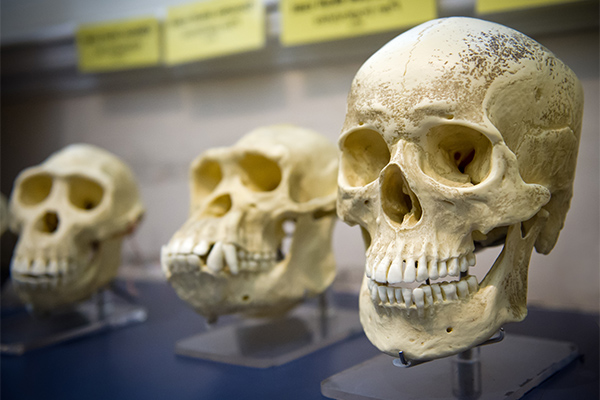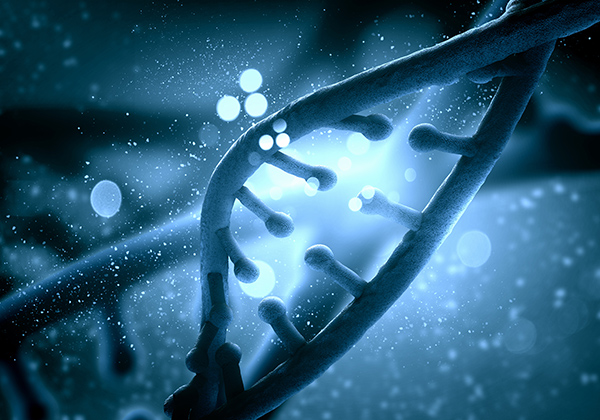
Human Migration And Evolution
When our ancestors (modern humans of the species 'homo sapiens') first left Africa about 60.000 years ago, they left 'genetic footprints' everywhere that are still detectable today. By mapping the appearance and frequency of genetic markers in modern populations, scientists can create a picture of when and where ancient humans moved around the world.
But our ancestors were not alone at that time. They met other species of hominid cousins such as the Neanderthals and they had sexual contacts with them. Thus everyone living outside of Africa today has a small amount (up to 4%) of Neanderthal genes in them. These seem to be responsible for the typically "European" characteristics such as light-coloured skin and red or blonde hair. About 40.000 years ago, the Neanderthals became extinct. The reasons for this are strongly debated among scientists - but their genes and genetic characteristics are still surviving in us. Generally, all global migration movements over the past years have left traces in our DNA.
But our ancestors were not alone at that time. They met other species of hominid cousins such as the Neanderthals and they had sexual contacts with them. Thus everyone living outside of Africa today has a small amount (up to 4%) of Neanderthal genes in them. These seem to be responsible for the typically "European" characteristics such as light-coloured skin and red or blonde hair. About 40.000 years ago, the Neanderthals became extinct. The reasons for this are strongly debated among scientists - but their genes and genetic characteristics are still surviving in us. Generally, all global migration movements over the past years have left traces in our DNA.
Genetic Research In Anthropology And Archaeology: It is helping to solve the great mystery of prehistory such as how humans did spread out over the earth, what this tells us about the cousinship of mankind and why only one species of "homo" actually survived.
Humans And Environment: These "journeys" tell us about a lot of the interaction of humans within their respective environment.
Migrations Of Today: We can learn a lot from the history of ancient migrations for the multiple migration movements of today (destination countries, refugee waves for reasons of war, political or religious persecution and economics).
Human evolution, Human migration, Neanderthals, Paleoanthropology, PaleogeneticsOut of Africa theory, Human genome project (HGP)
Related Topics

Cloning
Cloning is the process of creating an identical copy of an original. A clone in the biological sense is an organism that is genetically identical t...
READ MORE

Dirt
Have you ever wondered how clean your classroom is? Have you ever thought it might look clean to the naked eye? Well, clean and dirty are a matter ...
READ MORE

Robotics
Robotics is a branch of mechanical and electrical engineering and computer science. It relates to the design, construction, operation and applicati...
READ MORE




